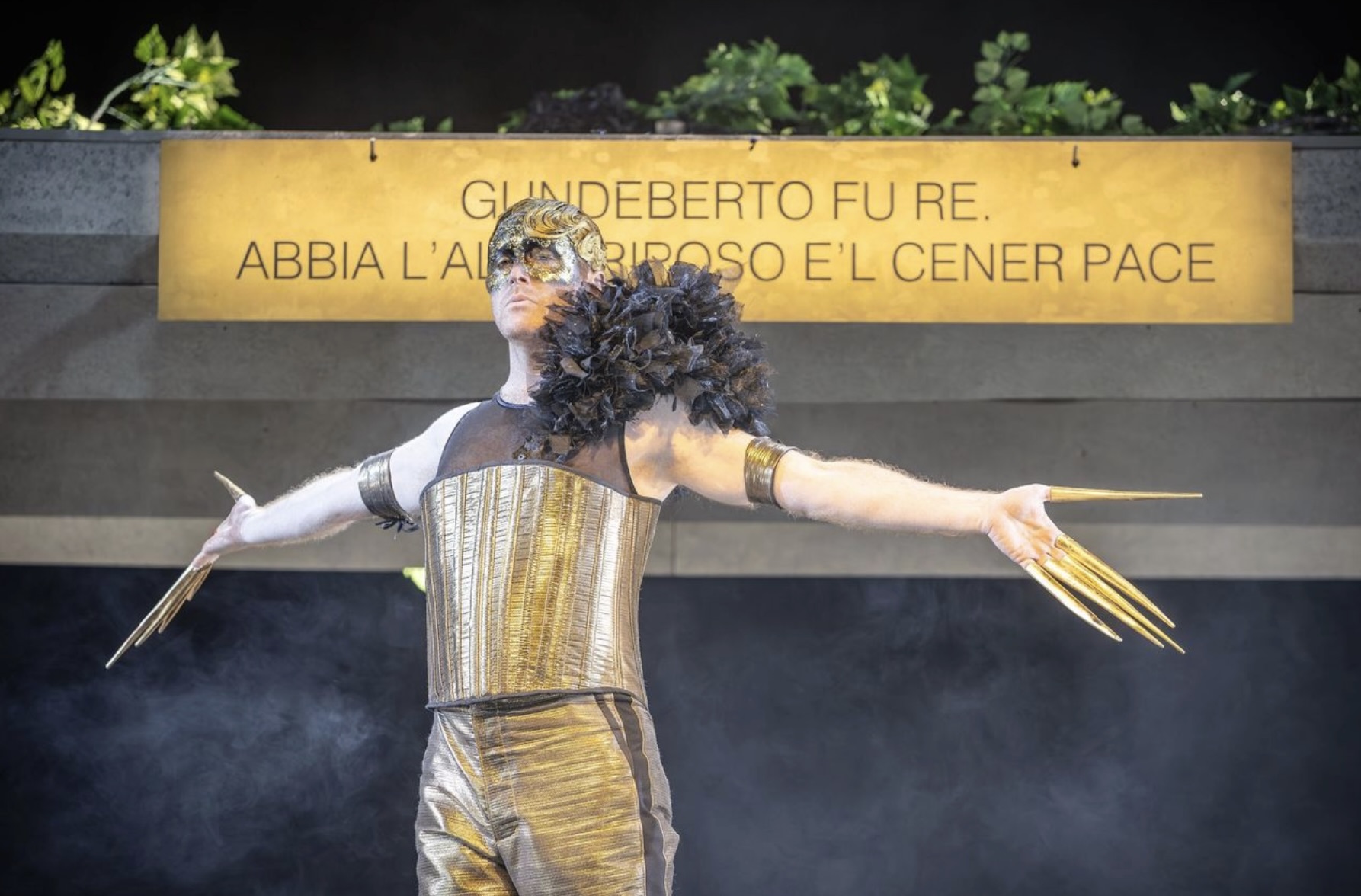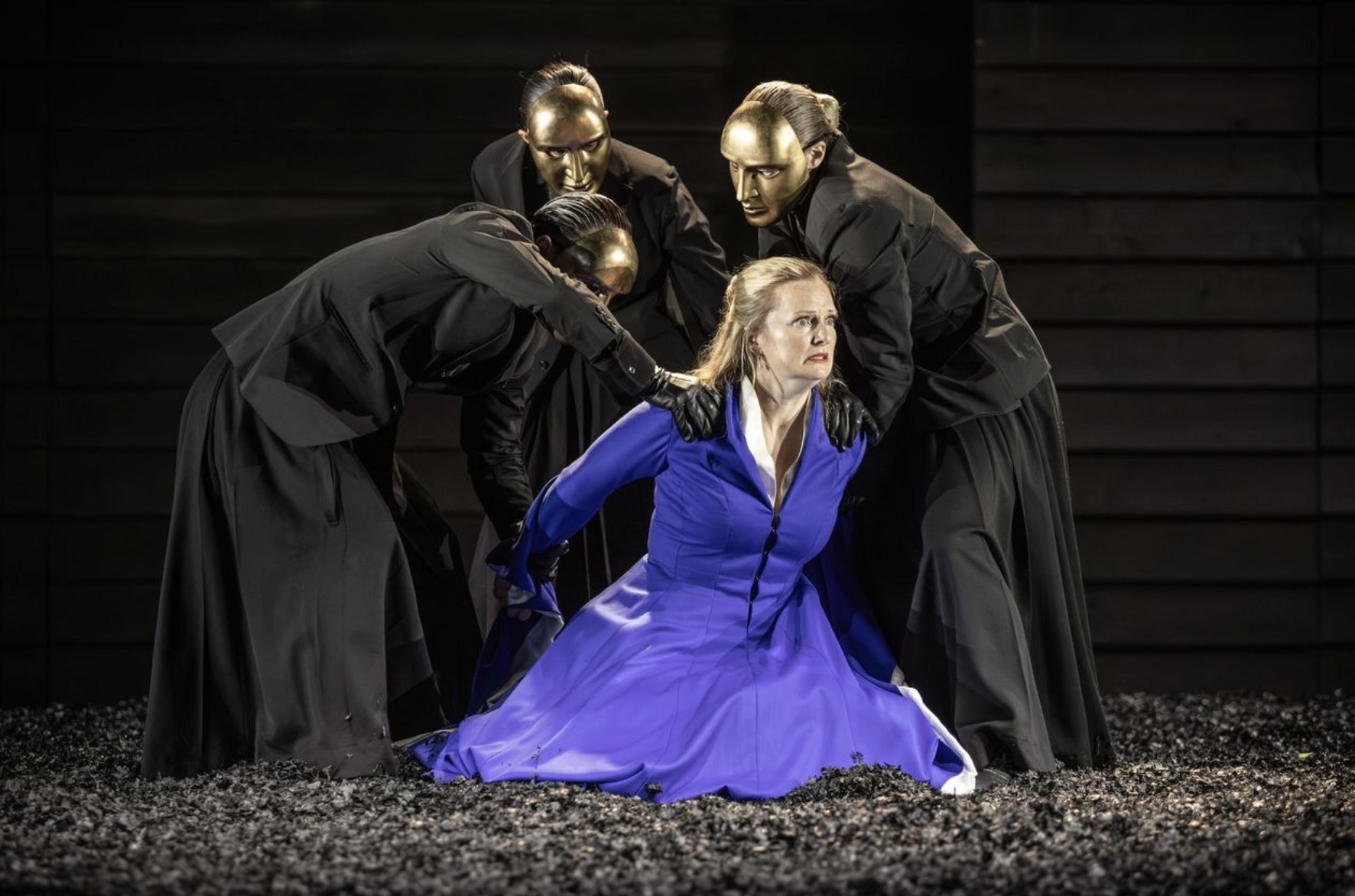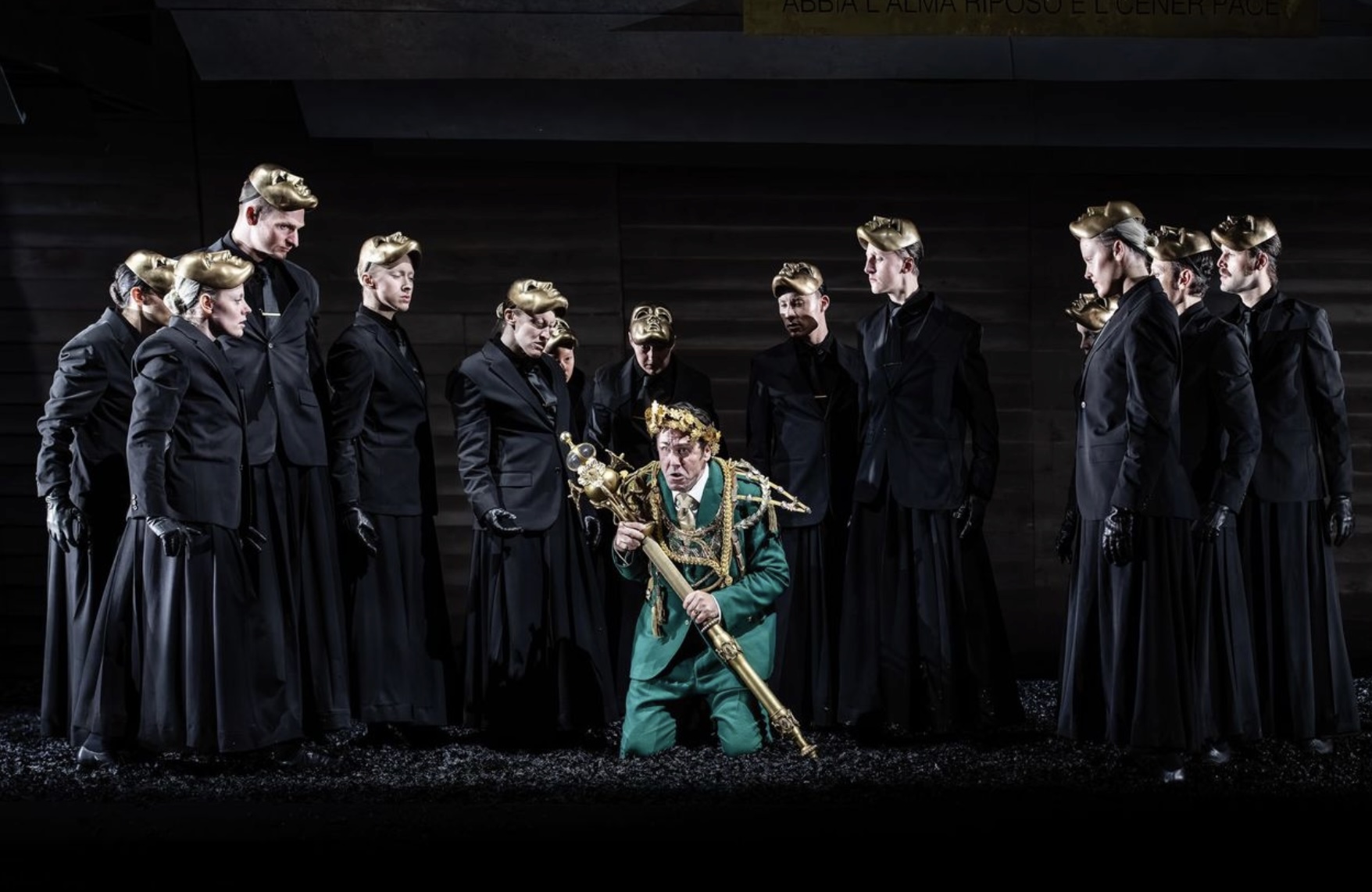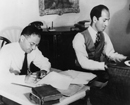Reviews
With Rodelinda, Garsington Confirms Its Country-House Cred
LONDON—Nestled among the Chiltern Hills, Garsington is one of the most picturesque venues on the English country-house-opera circuit. Founded in 1989, the company relocated in 2011 to Wormsley Park at the invite of Mark Getty, younger son of John Paul, Jr. In recent years it has delivered an impressive string of hits, several of them rarities, with first-class singers and imaginative stage direction. Ambitious and welcoming, it is now considered by many opera lovers the place to be across the summer months.
 This June 13 production of Handel’s Rodelinda was a perfect example of what Garsington does best. With a cast that included Lucy Crowe and Tim Mead, and a smart, good-looking, and surprisingly witty staging by Ruth Knight—on this showing a directorial rising star—it was pure operatic gold.
This June 13 production of Handel’s Rodelinda was a perfect example of what Garsington does best. With a cast that included Lucy Crowe and Tim Mead, and a smart, good-looking, and surprisingly witty staging by Ruth Knight—on this showing a directorial rising star—it was pure operatic gold.
Rodelinda was first performed at London’s King’s Theater in 1725, the latest in a run that had included Giulio Cesare and Tamerlano the previous year. It starred Francesca Cuzzoni, the decade’s most popular leading lady, in the title role, and Senesino, the legendary alto castrato, as her deposed and supposedly deceased husband Bertarido.
It’s based on an obscure tale of power politics in seventh-century Northern Italy, but though its story may be shrouded in the mists of time, the libretto offered the composer a line-up of three-dimensional characters and a plot full of pathos, skullduggery, and dramatic incident. Suffice it to say, it’s one of Handel’s most exciting scores with at least two big hits: the aching “Dove sei,” sung by Bertarido as he recalls his beloved Rodelinda, and the heroic “Vivi, tiranno!” a virtuoso number sung as he spares the life of the man who usurped his throne.
Knight’s imaginative staging sets the action in a fundamentally medieval world but, thanks to Leslie Travers’s gorgeous and often cleverly conceived costumes, there are plenty of nods to our own time, none of which detract from the storytelling. Travers designed the set too, a multilevel affair that opens at the back to connect the onstage world with the rural beauties of the Wormsley Park estate surrounding the opera pavilion. It is simple yet sumptuous, from the lush foliage that morphs into eerie gravemounds as the legacy of the royal family is gradually obliterated, to the gilded riches that adorn the nobility, and especially the usurping Grimoaldo whose gold-encrusted outfits grow more tastelessly Trumpian as the evening progresss.

Lucy Crowe as Rodelinda surrounded by sinister courtiers at Garsington Opera
A clever innovation is the deployment of a sinister troupe of courtiers, clad in flowing black and often sporting inscrutable golden face masks. Lurking in the shadows and slinking about like ninjas, they form an entourage for the villainous Garibaldo (Grimoaldo’s villainous henchman), converging around him like an oil slick (Rebecca Meltzer’s evocative movement is one of the production’s high points). Ben Pickersgill’s lighting is a smorgasbord of atmospheric effects that manage to illuminate the actors while creating a dangerous world of moods and shadows.
It is the little touches, though, that make the production such a delight. One running gag involves puncturing Grimoaldo’s tyrannical pretensions, such as the moment he removes his enormous Byzantine robes to reveal the hooped petticoat that is holding them up, and the awkward way he is forced to exit because his oversize scepter is too big to fit through the door frame. Presenting the opera’s full and complex backstory in an acted-through overture was perhaps over-egging the pudding, but it pays off in an Act III aria when a face from the past came back to fuel Grimoaldo’s paranoia.
Musically, Peter Whelan gave a shapely, clean, and often thrillingly biting account of the score aided by the English Consort’s outstanding playing, especially in the string sections. Tempos were generally on the brisk side, but never too fast for the singers, and Whelan throttled back nicely to relish the long, drawn-out arias Handel wrote for his two starry leads.

Ed Lyon as Grimoaldo in Garsington Opera's Rodelinda
In the title role, Crowe gave a deeply felt and intense reading of a woman forced to live by her wits—plus the odd bit of swashbuckling—while coping with (what she believed to be) a recent bereavement. A little more attention to diction wouldn’t have gone amiss, but hers was a dramatically compelling performance that thrived on Handel’s talent for variety and emotional effect. The duet with Bertarido and the big Act III lament were particularly effective, as were most of her cheeky coloratura embellishments in the upper register.
Mead was outstanding, pouring out stream upon stream of burnished tone and with the nimbleness to encompass some of the composer’s most florid arias. He brought plenty of nobility to Bertarido too, even when dolled up in a disguise that made him look like a cross between Elton John and Edward Scissorhands. A surefooted and detailed actor, his arias were masterclasses in conveying intent though body language and understated gesture. “Vivi tiranno!” was beautifully decorated.
Ed Lyon exhibited equally impressive acting chops, breathing credible life into the wily but ultimately wimpish Grimoaldo. Singing up a storm in arias that ranged from pastoral to well-nigh maniacal, it was a fascinating character study of a nasty piece of work sadly out of his depth. He was well matched by Marvic Monreal, a velvet-smooth mezzo-soprano with a rich lower register. As Bertarido’s sister and Grimoaldo’s romantic cast off, she conveyed both the rejected and vengeful lover as well as the feisty sibling. Voice and diction were unfazed, even when—Salome-like—she was made to stab and fondle a severed pig’s head (I promise you, it was a very funny scene).
Brandon Cedel was a hulking Garibaldo, his tone black as pitch, his behaviour appropriately creepy, while Hugh Cutting made the very most of the loyal Unulfo, Bertarido’s chain-smoking man on the inside. His flexible countertenor was beautifully deployed and the revelation in the final scene of his newly earned angel’s wings was a sweet directorial embellishment.
In short, Rodelinda was further evidence of Garsington’s rise to summer opera pre-eminence, even against considerable competition.
Top: Tim Mead as Bartarido





 FEATURED JOBS
FEATURED JOBS

 RENT A PHOTO
RENT A PHOTO


